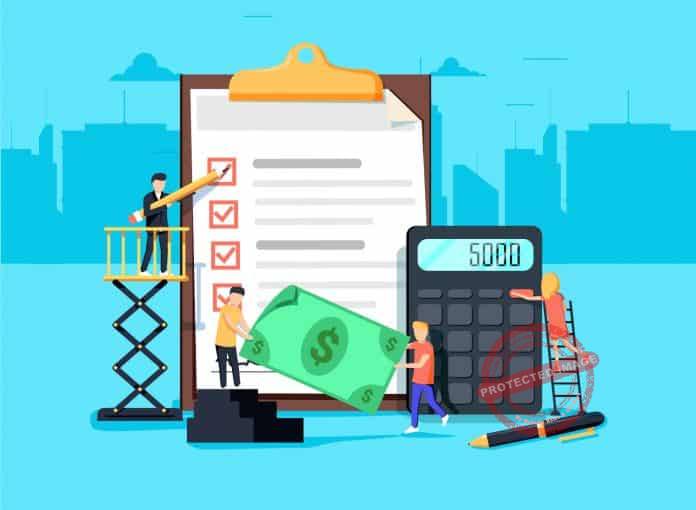Are you at loss about how to budget in your small business?
Budgeting is an important aspect of any successful business.
Due to this, as a business owner, you need to do all you can to learn about budgeting in your business.
Stay with us as you read through this article because we’ll tell you all you need to know about how to budget in your small business.
If you are a new business owner, there’s a lot of things you need to do that you’ve previously never done.
If you have already set up your business, you need to learn a lot of things as you go.
One of these things is creating a budget for your business.
How to Budget in Your Small Business
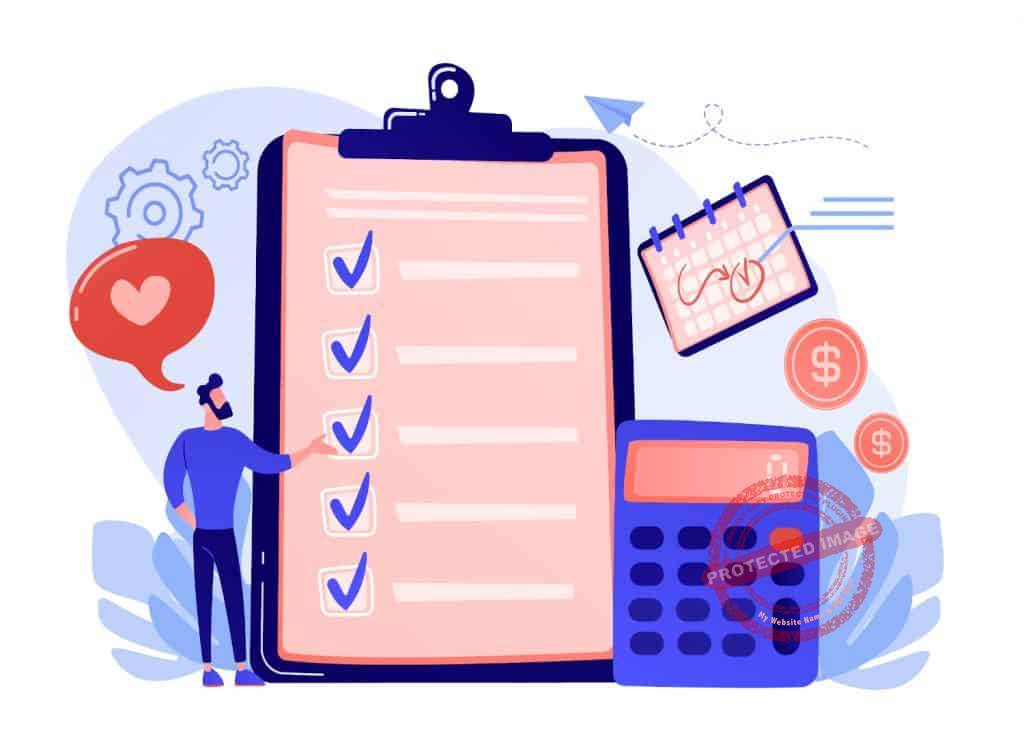
Projecting your company’s financial flow and implementing a budget strategy can be intimidating.
Especially if you are just starting a business.
So, you need to know exactly where you will get all the financial information you need.
You also need to learn the terminology used in business finance.
More importantly, you must learn how to collate data, and how to sort them out in the proper manner.
This aspect alone can discourage prospective business owners.
A research study noted that most people who own small businesses do not have a working budget.
Not having a working budget could restrict small businesses, this is unfortunate, considering that, creating a budget for small businesses isn’t difficult and complex.
The Importance Of Budgeting in Your Small Business

One of the reasons why you prepare a business budget is to know how your finances will look like in the future.
But, first of all, you need to study your business performance in the past and compare it to how you are doing today.
For example, how did your business do in April last year, and how it is in April this year?
How was your performance in the first quarter of last year?
How are you doing during the first quarter of this year?
Based on the information you get from examining your past business performance, you can come up with a sound financial decision for the coming months and years.
You can also learn how to manage your business finance by analyzing your past performances.
This helps in case you experienced some bad-performing months and think this month will be another slow period.
You can make some adjustments to cut expenses wherever possible.

On the other hand, if you just experienced a big month and customers are continuously coming in because of the recent viral video you posted, perhaps you can take a little more risk.
You can put in more investment to increase your current inventory.
This way, you can meet the increase in demand brought about by new customers and those who are even coming back for more.
You don’t have to be a genius to run a successful business.
What is important is that you know how to manage your business finance and how to budget in your small business.
This way, you can eliminate a lot of guesswork and relying on your gut feeling, thus making sure that every aspect of your business is running smoothly.
When establishing your business, it is easy to forget about making a budget plan for small businesses.
If your company is currently experiencing a boom or earning a significant amount of profit.
Learning how to create a business budget at this point may not seem to be a priority.
However, a sound budget strategy can play a vital role in ensuring your business success.
With a proper budget in place, you can forecast your finances beyond weeks or even months and years to come.
In addition to this budgeting will provide the following benefits for your small business:
- Helping to Make your business run more efficiently
- Budgeting can Identifying leftover funds that you can use for reinvesting
- Predicting possible slow months that can help you minimize losses and debts
- Knowing the proper steps to take to make your business profitable
- Help you maintain control of your business
Working with budgets help in making your business operations run more efficiently and smoothly.
A budget for your business helps you ensure that your money is spent in the right way time and manner.
Steps To Developing A Budget For A Business

The following is a step by step process for creating a sound business budget.
It is intended to make the entire budget preparation process easy for you.
As you go on, you may notice that the process begins by looking back at your past revenues and spending.
The older your business, the easier the process will be.
This is because you will have more data to review and use.
However, if you own a new business, you may need to do a bit of extensive research.
It will help you determine the typical costs in your particular area or industry.
At the end of the day, you will come up with more or less accurate estimates for your projected finances.
Having said that, regardless of your gathering data from your own business or crafting estimates based on your research.
Some legwork will be necessary to come up with your very first budget plan for small businesses.

- Examine your revenues.
- Deduct the fixed costs.
- Determine your variable expenses.
- Set up a contingency fund.
- Prepare a Statement of Profit & Loss (P&L)
- Make your projections.
- Note the Trends
A lot of people consider the budgeting process as the least liked aspect of operating a business.
However, if you are to succeed in business, learning how to create a business budget and maintaining it plays a crucial role in achieving your business goals.
Examine Your Revenues.

This is considered as one of the six easy steps to developing a business budget.
In budgeting, the first step is always to look back at your past business performance.
And be able to identify all sources of your income or revenue.
Add cash that flows in from all sources to determine your cash inflow every month.
When computing your revenue, it means your gross receipts and not the profit you make.
Your business revenue comprises of all the money that goes into your business coffers before deducting any expense.
What is left after deducting all the expenses is your profit.
After identifying all your income sources, compute your income for each month.
Make sure you do it for several months.
The previous 12-month period, if possible.
But of course, that will depend on how long your business has been running.
Particularly, if you have been in operation for more than 12 months.
With at least a year’s worth of information, it would be easy for you to see how your monthly income fluctuates.
You can then identify the patterns if any.
For instance, you may notice that your business goes on a temporary slump right after the Christmas season, or it dips during the summer.
Being aware of these seasonal deviations allows you to prepare ahead for the possible coming of lean months.
It also allows you to provide yourself with a financial cushion.
Deduct The Fixed Costs.
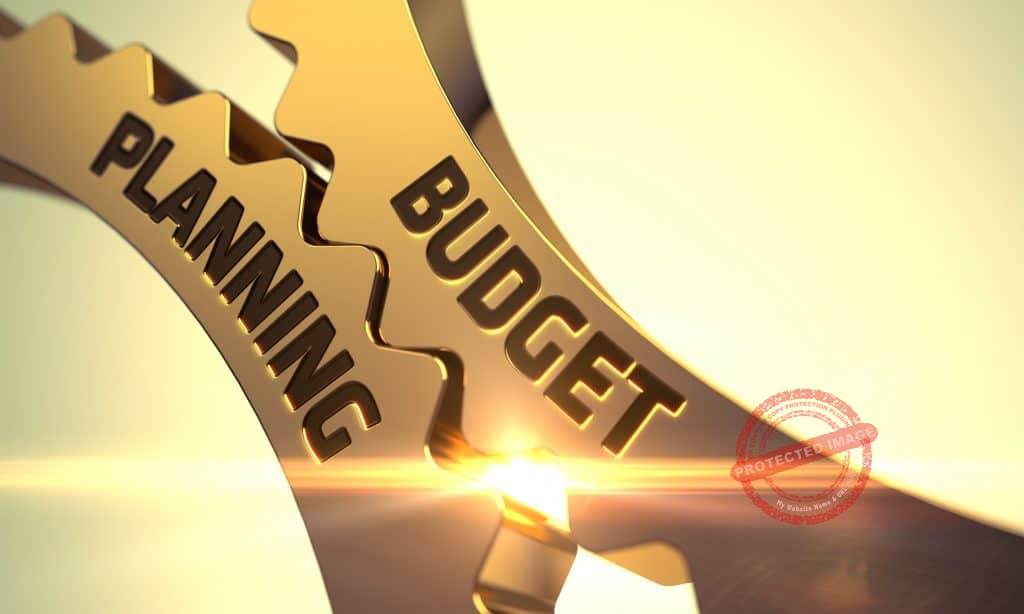
This also another amongst the six steps to developing an easy budget for a business.
Endeavor, to sum up, all your fixed expenses.
These expenses include costs that are incurred on a regular basis, and necessary for your business operations.
Fixed costs might be due on a daily, weekly, bi-monthly, monthly, or even on an annual basis.
Therefore, it is important not to miss anything as it may negatively impact your budget.
Common Fixed Costs That May Be Applicable To Your Business
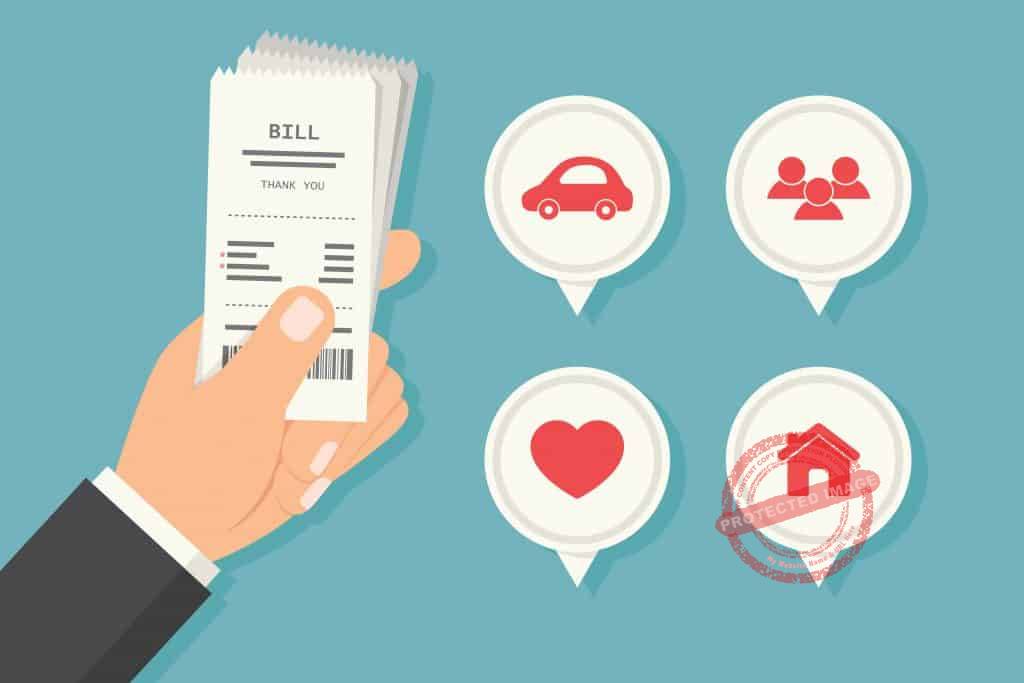
- Rent
- Debt amortization
- Asset depreciation
- Payroll
- Insurance
- Taxes
Fixed costs may vary from one business to another.
Thus, your business may have fixed costs that are not included in this list.
It is therefore important that you identify all fixed costs in your business.
After you have listed everything down.
You can deduct them from your income.
Determine Your Variable Expenses
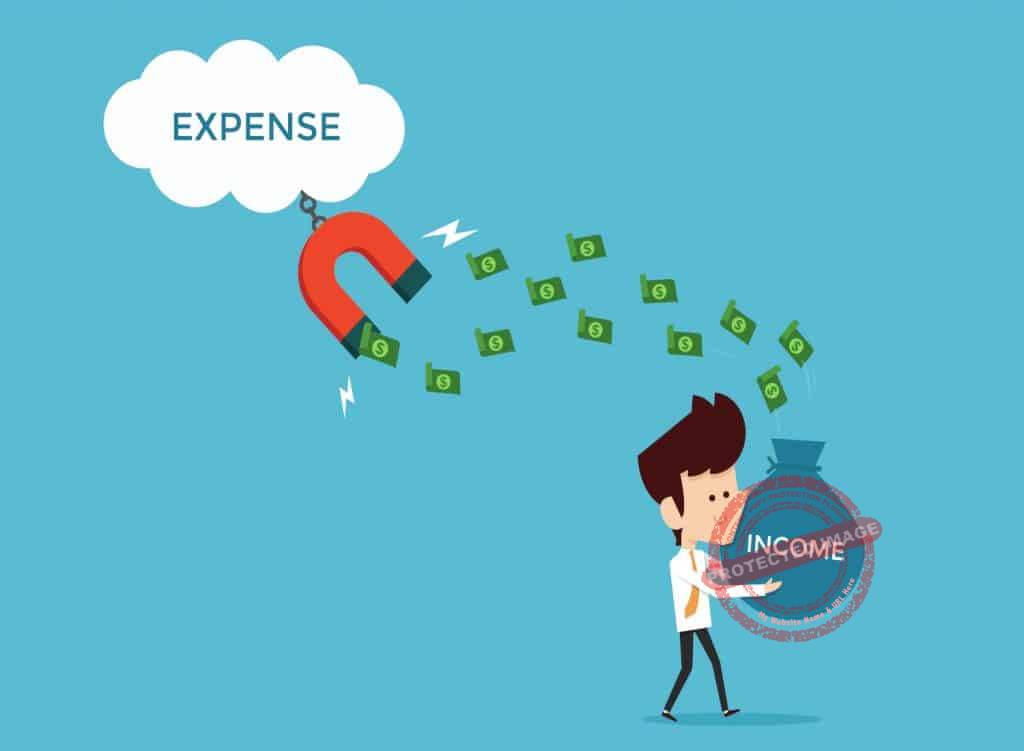
Another step to look out for when developing a budget for your business is to determine your variable expenses.
While in the process of identifying your business’ fixed costs, you may have come across other business expenses that are variable in nature.
To the uninitiated, variable expenses are necessary business expenses that change.
Common Variable Expenses

- Owner’s salary- (this could also be a fixed cost)
- Old equipment replacement cost
- Office supplies
- Training and professional development
- Utilities
- Marketing expenses
- Utilities
Some expenses listed above may not be necessary for your business to function.
On leaner months, it is important to be aware of the variable expenses of your business.
Starting with your discretionary fund.
In times of plenty, however, and you have excess income, you can increase your variable expense spending.
Just make sure it will add to your company’s long term benefit.
Set Up A Contingency Fund For Unforeseen Expenses
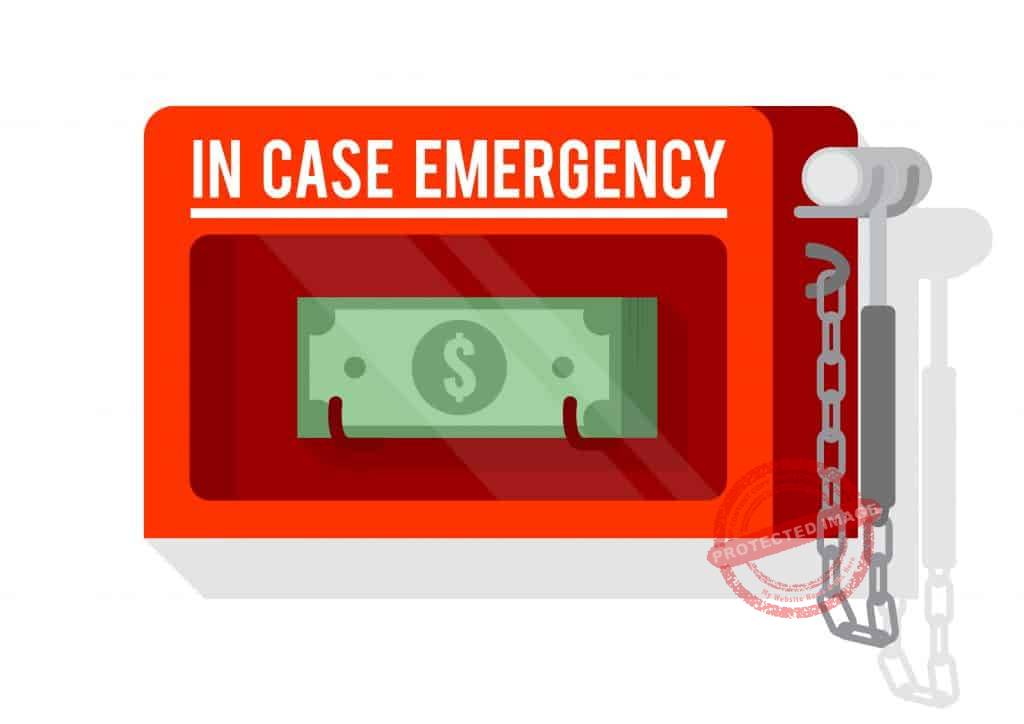
This is another step to take when developing a budget for your business.
If you have previous experience in running a business.
There are times when emergency expenses come.
The worst part is that they don’t often come at the most convenient time.
For instance, your car breaks down just an hour before you were supposed to take your family out to dinner.
Or, you’re about to make the most important presentation of your life.
Then you suddenly have to be rushed to the hospital for food poisoning.
These expenses come when you least expect them.
They may happen when your company is on a tight budget.
One of the best money management tips from budget experts is to make sure that you set aside some money for emergencies.
You need to include spending for contingencies in your budget.

You need to put some money aside for your emergency fund.
This way, you’ll be prepared each time a major equipment malfunctions
You also need to immediately replace the flood-damaged inventory in your warehouse.
Sure you can always go for a small business loan, but, bear in mind that in cases of emergency, the more options you have, the better for you.
If you are able to prepare for a problem, it will most likely never happen.
But, in the unfortunate event that the emergency does happen, then you’ll just be glad that you are a good business budget planner.
Prepare A Statement Of Profit & Loss (P&L)
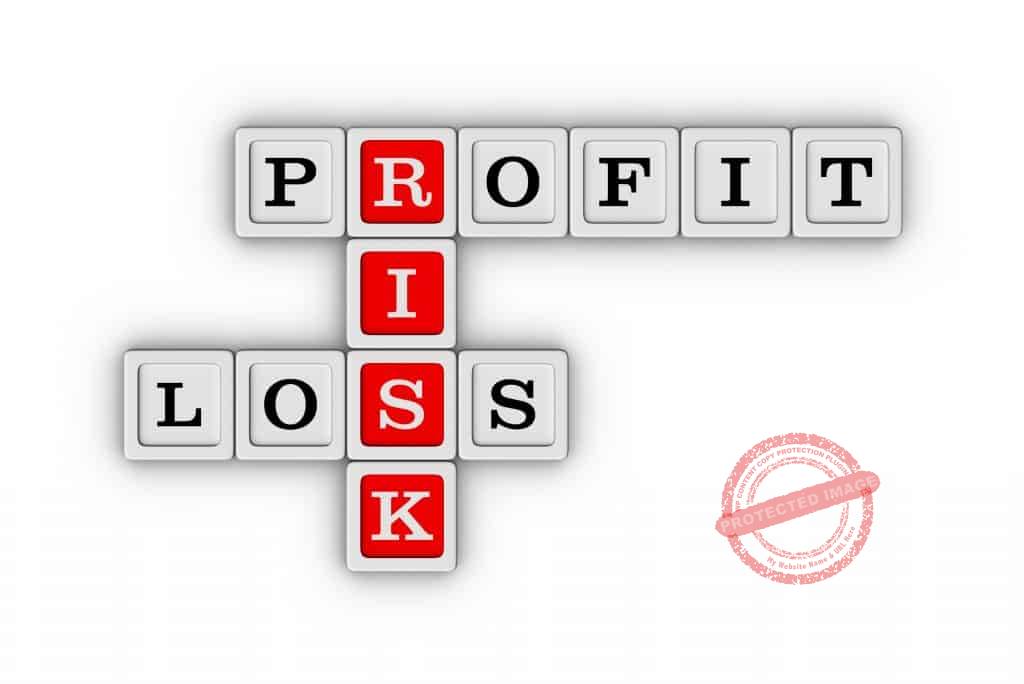
This is also another important step to consider when developing a business budget.
After you have gathered all the information you need.
It’s now time to put everything together and come up with your Profit & Loss Statement.
More commonly known as simply P&L.
When talking about P&L, a lot of people get anxious.
However, you need to remember that you’ve completed all the necessary work.
To cut to the chase, it’s all a matter of addition and subtraction.
You add all your revenues for the month, then total your expenses for the same period.
Deduct the expenses from your revenue.
Hopefully, the resulting number would be positive.
If the difference is a positive number.
This means you gained a profit.
Otherwise, you suffered a loss.
While nobody wants to sustain a loss.
Experiencing it once in a while is really nothing to get worried about.
After all, small businesses often do not profit every time.
This is particularly so when you’re just a start-up business.
Make Your Projections: Outline Your Forward-Looking Budget
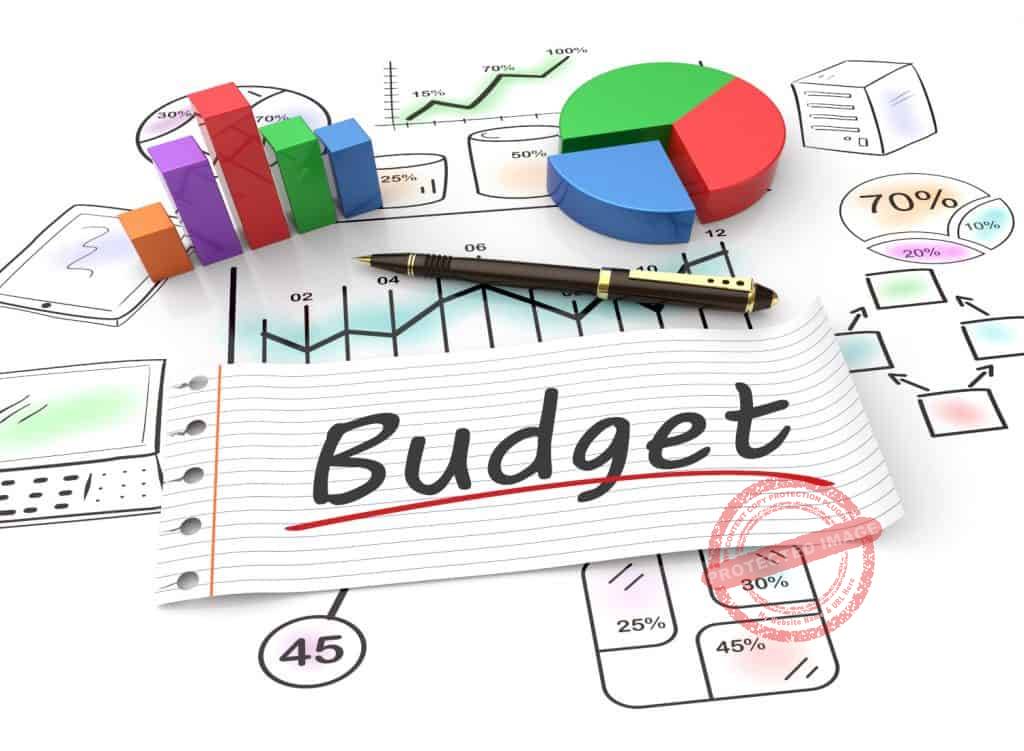
This is also another step to carry out for when developing a budget for your business.
Projecting the future of your business takes a lot of guesswork.
In fact educated guesswork to be specific.
This is true whether or not your business is a start-up.
If you have previous experience in handling a business well and good.
It can help you make more accurate guesses.
The Profit & Loss Statement is a historical report on the past performance of your business.
After preparing your P&L, you are ready to begin the budgeting process.
As mentioned, the budget is a future-focused, forward-thinking document.
One of the steps to creating a budget involves referencing your P&L.
This step can help you appreciate your business’ seasonal ups and downs; especially which investments should be done again, and probably which should you avoid making in the future.
The following Trends Are Worth Noting in Your P&L
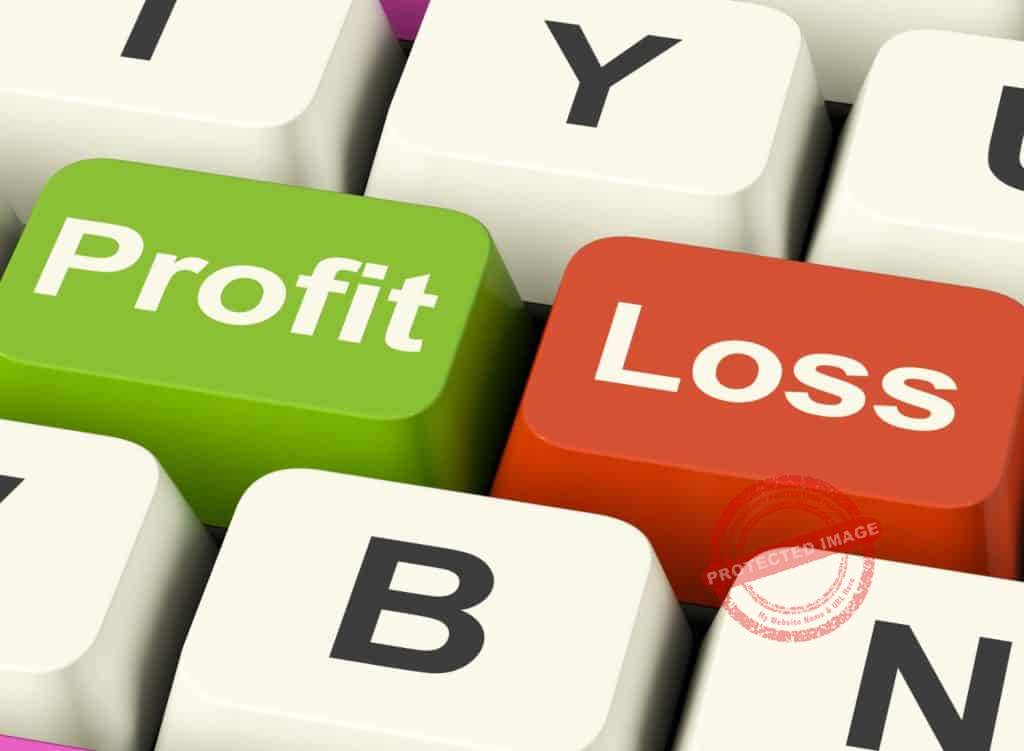
- Big equipment or supply purchases that resulted in a beneficial loss
- Seasonal trends arising from natural disasters, economic turmoil, or bad weather
- Unexplainable profit or profit that’s higher in past years
- Seasonal trends caused by travel patterns of tourists, supply limitations or effects of the school calendar.
When reviewing your P&L, you need to study how you can explain the changes and variations in your business.
If you are running an ice cream stand, you’ll notice a higher gain during summer.
Especially when the weather is warm, and children are not in school.
However, if you know the most profitable months of your business.
You have a good chance of predicting how your operations for the next year will turn out to be.
You can also use the information to make a decision.
Whether to hire more people and extend the hours of your operation during specific times of the year.
This will help make your business more profitable during the months when demand is at its peak.
How To Be An Efficient Business Budget Planner
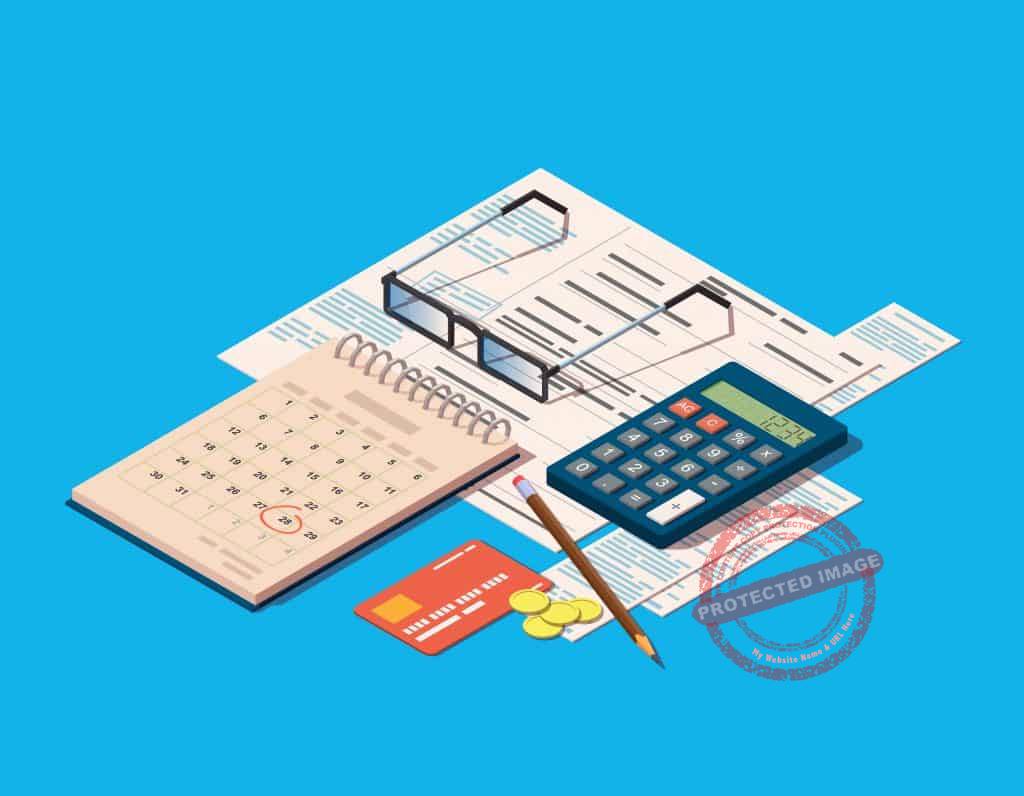
So, how can you budget efficiently to allow you to relive the best times in your business?
This is what the last part of this article is all about.
Invest in reliable accounting software.
This will help you in effectively tracking your income and expenses.
The software will then generate a P&L statement automatically.
Some popular software on the market is Xero and Quickbooks.
Hire a good accountant.
Hiring a professional you can trust will help you in managing your budget.
It will help put the business on the right track when it experiences rough sailing.
This will also help you prepare and pay your tax returns.
Break the budgeting process into smaller chunks.
Managing your business finances properly means managing your budget well.
And, budgeting is easier when you breakdown the load into smaller pieces.
Making things easier to handle daily or weekly.
Put budgeting practices and procedures in place.
This will help you know where to look for particular figures you may need.
When money needs to be spent, and where to find the money you need.
Use budgeting tools and templates.
Not too many business owners are fans of budgeting and using spreadsheets.
Some people even shy away from a business because of that.
Using available tools and templates will make your life as a business owner easier.
Final Thoughts On How To Budget In Your Small Business
Running a business isn’t a piece of cake.
But, knowing how to create a business budget and efficiently managing it will help you in your efforts to run a successful business.
Other enlightening articles have been linked to this post; do remember to check them out and you’ll be excited you did.

